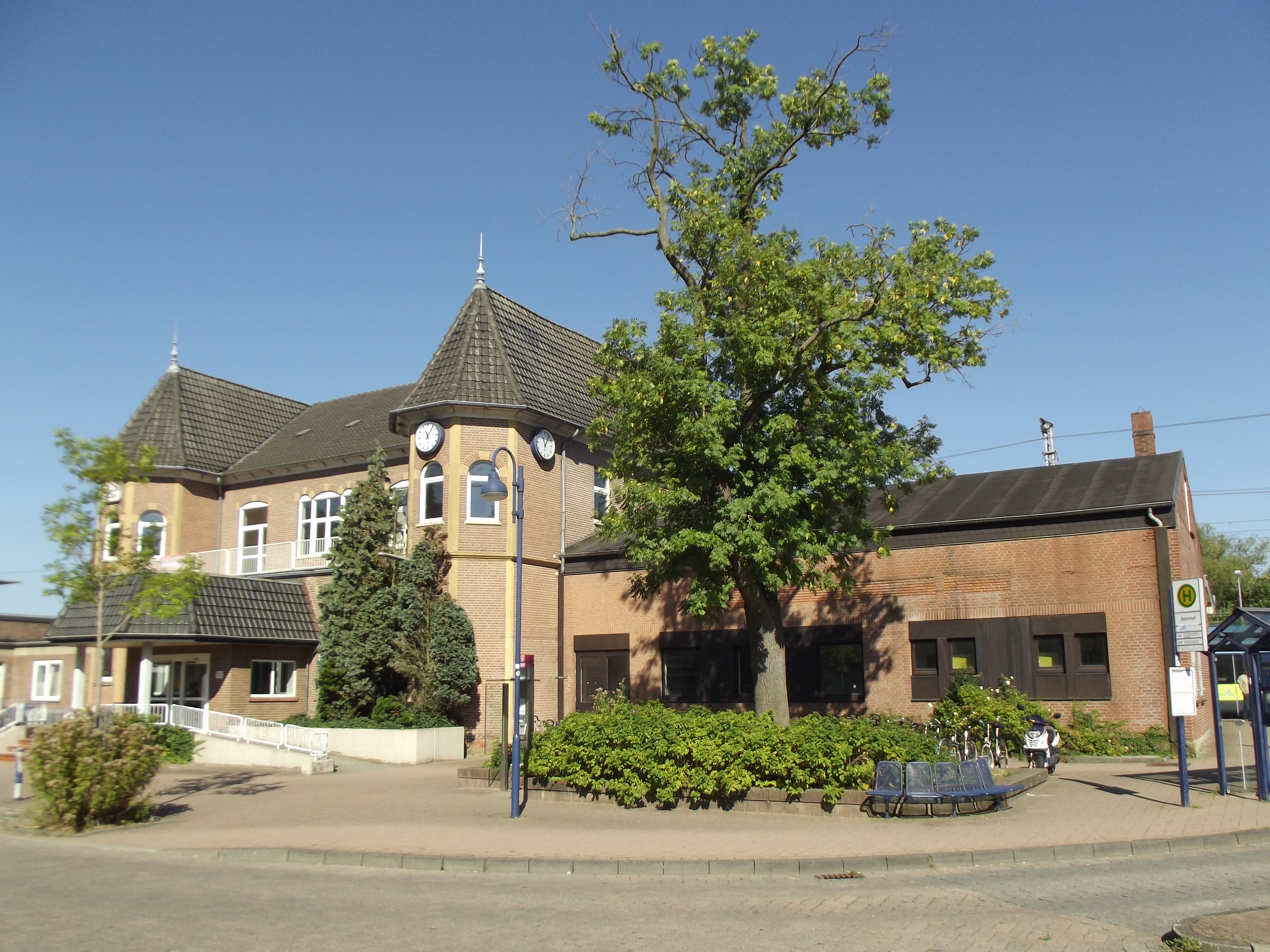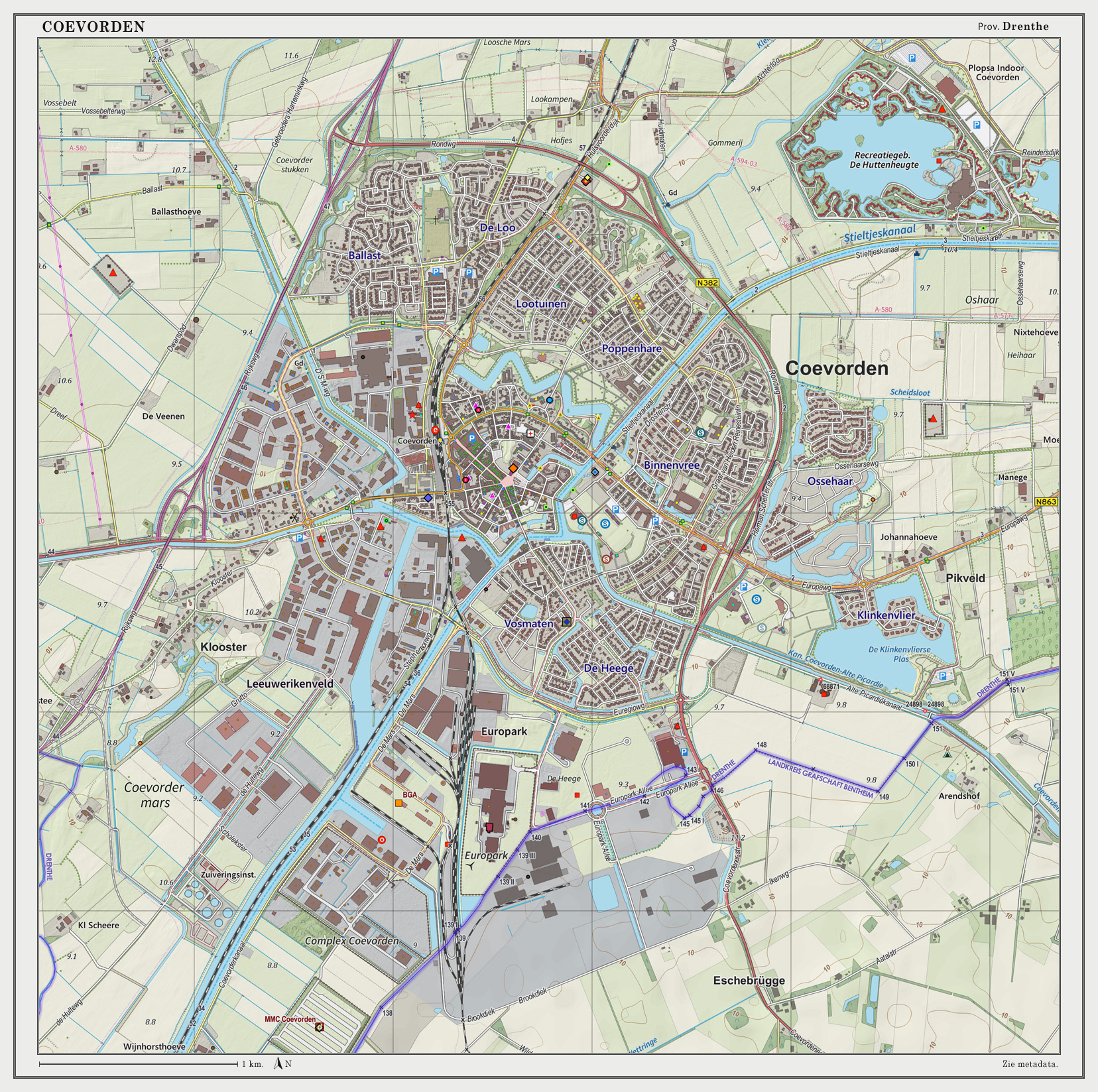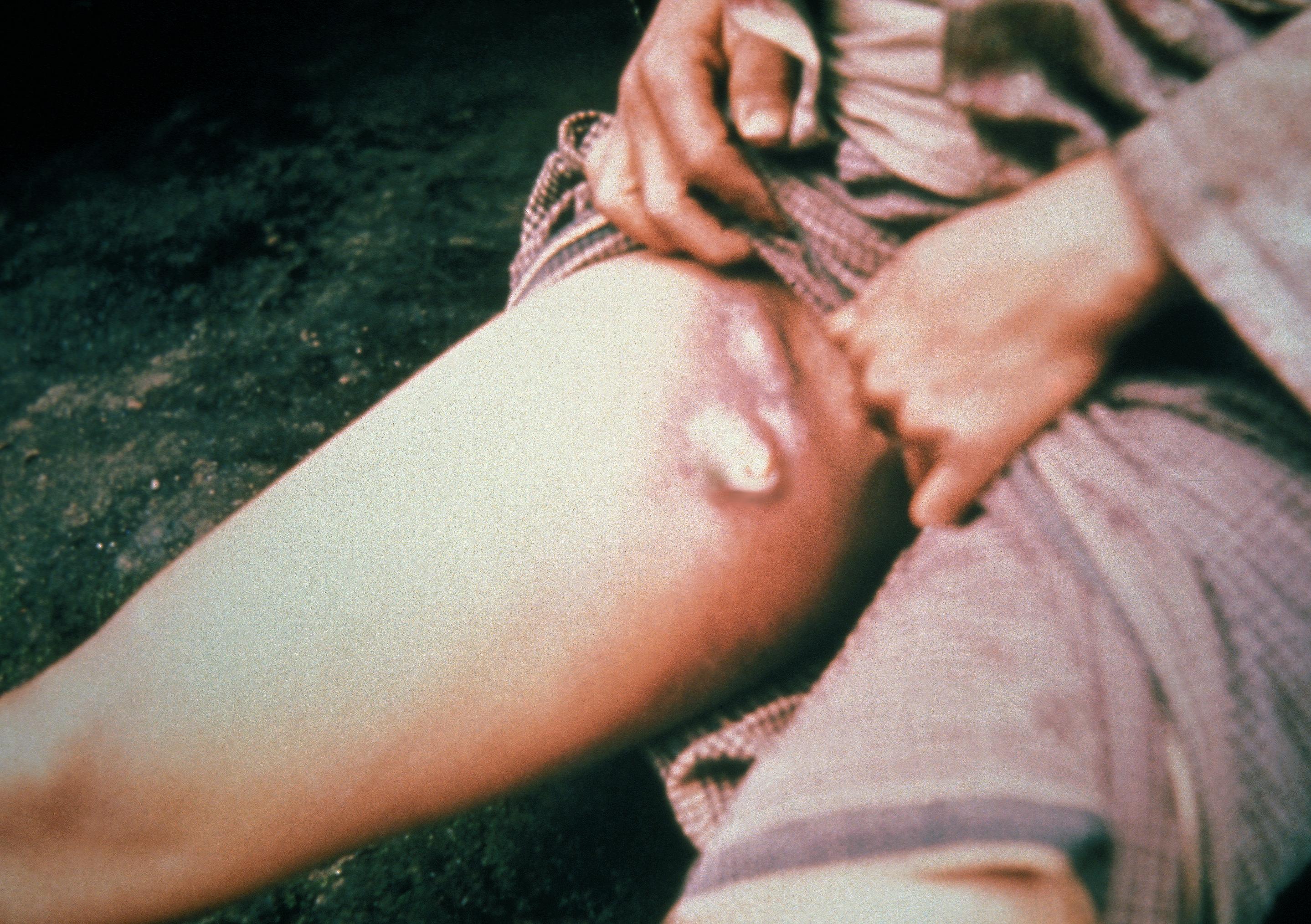|
Esche, Lower Saxony
Esche is a community in the district of Grafschaft Bentheim in Lower Saxony. Geography Location Esche lies on the Vechte between Nordhorn and Emlichheim. It belongs to the Joint Community (''Samtgemeinde'') of Neuenhaus, whose administrative seat is in the like-named town. Services Esche currently has an internet connectivity of 384 kilobit per second which is relatively low compared to the surrounding areas where there are speeds of 16 megabit per second and upward. Also there is a kindergarten in Esche. Politics Mayor The honorary mayor Hermann Berends was elected on 9 September 2001. Regular events The sport club holds its folk festival in mid-April. History The community’s namesake was the ''Haus Esche'', also known as Oedinghof. The ''Haus Esche'' and the ''Schulenburg'' (castle) in Veldhausen were both owned by a family named van Münster. In the Dutch War of Independence, in 1593, when the Spaniards unsuccessfully laid siege to the fort at Coevorden, the inhabita ... [...More Info...] [...Related Items...] OR: [Wikipedia] [Google] [Baidu] |
Grafschaft Bentheim
County of Bentheim (german: Grafschaft Bentheim) is a district (''Landkreis'') in Lower Saxony, Germany. It is bounded by (from the west and clockwise) the Dutch provinces of Overijssel and Drenthe, the district of Emsland, and the districts of Steinfurt and Borken in North Rhine-Westphalia. History The District has roughly the same territory as the County of Bentheim, a state of the Holy Roman Empire that was dissolved in 1803. Geography The district's north-western region named (''low county'') protrudes into Dutch territory, and borders it to the north, west and south. The Vechte River (Dutch ''Vecht'') traverses the district from south to north and flows into the Netherlands. Coat of arms The arms are identical to the arms of the historic County of Bentheim The County of Bentheim (''Grafschaft Bentheim'', Low German ''Benthem'') was a state of the Holy Roman Empire, located in the south-west corner of today's Lower Saxony, Germany. The county's borders ... [...More Info...] [...Related Items...] OR: [Wikipedia] [Google] [Baidu] |
Lower Saxony
Lower Saxony (german: Niedersachsen ; nds, Neddersassen; stq, Läichsaksen) is a German state (') in northwestern Germany. It is the second-largest state by land area, with , and fourth-largest in population (8 million in 2021) among the 16 ' federated as the Federal Republic of Germany. In rural areas, Northern Low Saxon and Saterland Frisian language, Saterland Frisian are still spoken, albeit in declining numbers. Lower Saxony borders on (from north and clockwise) the North Sea, the states of Schleswig-Holstein, Hamburg, , Brandenburg, Saxony-Anhalt, Thuringia, Hesse and North Rhine-Westphalia, and the Netherlands. Furthermore, the Bremen (state), state of Bremen forms two enclaves within Lower Saxony, one being the city of Bremen, the other its seaport, Bremerhaven (which is a semi-enclave, as it has a coastline). Lower Saxony thus borders more neighbours than any other single '. The state's largest cities are state capital Hanover, Braunschweig (Brunswick), Lüneburg, ... [...More Info...] [...Related Items...] OR: [Wikipedia] [Google] [Baidu] |
Vechte
The Vechte () (in German language, German and in Low German, Low Saxon (Dutch Low Saxon pronunciation: [v̯ɛxtə])The places near the Vechte in the County of Bentheim have the same pronunciation or Vecht (in Dutch language, Dutch) (), often called Overijsselse Vecht () in the Netherlands to avoid confusion with its Utrecht (province), Utrecht Vecht (Utrecht), counterpart, is a river in Germany and the Netherlands. Its total length is , of which are on German soil. The Vechte originates in Oberdarfeld in the German state of North Rhine-Westphalia near the city of Coesfeld and flows north into the state of Lower Saxony, past the towns of Nordhorn and Emlichheim, across the border and then westwards into the Dutch province of Overijssel (hence its alternate Dutch designation). There, it flows through the north part of the Salland region past Hardenberg and Ommen, taking in the water of the Regge (river), Regge stream along the way. Close to the city of Zwolle, the river suddenly b ... [...More Info...] [...Related Items...] OR: [Wikipedia] [Google] [Baidu] |
Nordhorn
Nordhorn ( Northern Low Saxon: ''Nothoorn'' (or ''Notthoarn'', ''Netthoarn'' and ''Noordhoorn'')) is a town in Lower Saxony, Germany. It is the district seat of Grafschaft Bentheim in Lower Saxony's southwesternmost corner near the border with the Netherlands and the boundary with North Rhine-Westphalia. Etymology One story holds that the town's name – which means "North Horn" – came about when the town was under attack, in which case a horn – the so-called ''Nothorn'' or emergency horn – was blown by the watchmen to warn the Vechteinsel (Vechte Island) inhabitants and also to call for help. Since the town lay north of Bentheim (now Bad Bentheim) and its castle, it is said that this yielded the name Nordhorn. A horn, however, was also used by the boatmen on the river Vechte to warn each other of ships' movements in fog. Since the 1970s, the ''Tuter'' ("Tooter"), a bronze memorial to the beginnings of inland shipping, has stood at the old harbour. Since a settlement w ... [...More Info...] [...Related Items...] OR: [Wikipedia] [Google] [Baidu] |
Emlichheim
Emlichheim (Low German: Emmelkamp) is a municipality in the district of Grafschaft Bentheim in Lower Saxony, Germany, roughly 20 km south of Emmen, and 25 km northwest of Nordhorn. Geography Emlichheim lies right on the German- Dutch border. The community is bordered on the south by the river Vechte and on the north by the Coevorden-Picardy Canal. It is the administrative seat of the ''Samtgemeinde Emlichheim'', whose members also include Hoogstede, Laar and Ringe. The village has experienced massive growth due to the inflow of Dutch nationals. History Emlichheim has existed at least since Charlemagne’s time. In a document from 1312, the community crops up under the name ''Emminchem''. In old Dutch documents (16th to 19th century), and even today in the Low Saxon dialects, Emlichheim is called ''Emmelkamp''. Politics Municipal council Council’s current composition (19 seats in total): * CDU - 8 seats * SPD - 7 seats * FDP - 2 seats * Grafschafter ... [...More Info...] [...Related Items...] OR: [Wikipedia] [Google] [Baidu] |
Neuenhaus
Neuenhaus is a town in the district of Grafschaft Bentheim in Lower Saxony, and is the seat of a like-named collective municipality Neuenhaus. Neuenhaus lies on the rivers Dinkel and Vechte near the border with the Netherlands and is roughly 10 km northwest of Nordhorn, and 30 km north of Enschede. History Neuenhaus was founded in 1317 on the trade road between Münster and Amsterdam by Bentheim’s Count Johannes II, who also had a castle built for its security. The quickly growing new town was granted town rights in 1369. The town had at its disposal an ''Amt'' court and other authorities that were moved to the district seat of Nordhorn after the Second World War. Today’s town of Neuenhaus was enlarged in 1970 through the amalgamation of the formerly autonomous communities of Grasdorf, Hilten and Veldhausen, the last of which had already existed as early as the 10th century. By building two weirs on the Vechte and another on the river Dinkel, the flooding that had ... [...More Info...] [...Related Items...] OR: [Wikipedia] [Google] [Baidu] |
Dutch Revolt
The Eighty Years' War or Dutch Revolt ( nl, Nederlandse Opstand) ( c.1566/1568–1648) was an armed conflict in the Habsburg Netherlands between disparate groups of rebels and the Spanish government. The causes of the war included the Reformation, centralisation, taxation, and the rights and privileges of the nobility and cities. After the initial stages, Philip II of Spain, the sovereign of the Netherlands, deployed his armies and regained control over most of the rebel-held territories. However, widespread mutinies in the Spanish army caused a general uprising. Under the leadership of the exiled William the Silent, the Catholic- and Protestant-dominated provinces sought to establish religious peace while jointly opposing the king's regime with the Pacification of Ghent, but the general rebellion failed to sustain itself. Despite Governor of Spanish Netherlands and General for Spain, the Duke of Parma's steady military and diplomatic successes, the Union of Utr ... [...More Info...] [...Related Items...] OR: [Wikipedia] [Google] [Baidu] |
Spaniards
Spaniards, or Spanish people, are a Romance ethnic group native to Spain. Within Spain, there are a number of national and regional ethnic identities that reflect the country's complex history, including a number of different languages, both indigenous and local linguistic descendants of the Roman-imposed Latin language, of which Spanish is the largest and the only one that is official throughout the whole country. Commonly spoken regional languages include, most notably, the sole surviving indigenous language of Iberia, Basque, as well as other Latin-descended Romance languages like Spanish itself, Catalan and Galician. Many populations outside Spain have ancestors who emigrated from Spain and share elements of a Hispanic culture. The most notable of these comprise Hispanic America in the Western Hemisphere. The Roman Republic conquered Iberia during the 2nd and 1st centuries BC. Hispania, the name given to Iberia by the Romans as a province of their Empire, became highly accu ... [...More Info...] [...Related Items...] OR: [Wikipedia] [Google] [Baidu] |
Siege Of Coevorden (1593)
The siege of Coevorden was a thirty-one-week siege of the city of Coevorden in the province of Drenthe by the Spanish general Francisco Verdugo during the Eighty Years' War and the Anglo–Spanish War. The siege first commenced in October 1593, but winter and shortages of food and supplies forced the Spanish into winter quarters.van Nimwegen p 161Motlep 269/ref> The siege however recommenced in March 1594, but on May 6 Maurice of Orange arrived with an Anglo-Dutch army to relieve Coevorden, forcing the Spanish army under Francisco Verdugo to retreat.Knight, Charles Raleigh: ''Historical records of The Buffs, East Kent Regiment (3rd Foot) formerly designated the Holland Regiment and Prince George of Denmark's Regiment''. Vol I. London, Gale & Polden, 1905p. 37-38/ref> Background The Spanish Army of Flanders had been hampered in its effort to overcome Dutch resistance. When the Spanish forces were committed in France to halt the collapse of the Catholic League; Dutch and English ... [...More Info...] [...Related Items...] OR: [Wikipedia] [Google] [Baidu] |
Coevorden
Coevorden (; nds-nl, Koevern) is a city and municipality in the province of Drenthe, Netherlands. During the 1998 municipal reorganisation in the province, Coevorden merged with Dalen, Sleen, Oosterhesselen and Zweeloo, retaining its name. In August 2017, it had a population of 35,267. Etymology The name ''Coevorden'' means "cow ford(s)" or "cow crossing", similar to ''Bosporus'' or ''Oxford''. History Coevorden received city rights in 1408. It is the oldest city in the province of Drenthe. The city was captured from the Spanish in 1592 by a Dutch and English force under the command of Maurice, Prince of Orange. The following year it was besieged by a Spanish force but the city held out until its relief in May 1594. Coevorden was then reconstructed in the early seventeenth century to an ''ideal city'' design, similar to Palmanova. The streets were laid out in a radial pattern within polygonal fortifications and extensive outer earthworks. The city of Coevorden ... [...More Info...] [...Related Items...] OR: [Wikipedia] [Google] [Baidu] |
Plague (disease)
Plague is an infectious disease caused by the bacterium ''Yersinia pestis ''Yersinia pestis'' (''Y. pestis''; formerly '' Pasteurella pestis'') is a gram-negative, non-motile, coccobacillus bacterium without spores that is related to both '' Yersinia pseudotuberculosis'' and '' Yersinia enterocolitica''. It is a facu ...''. Symptoms include fever, weakness and headache. Usually this begins one to seven days after exposure. There are three forms of plague, each affecting a different part of the body and causing associated symptoms. Pneumonic plague infects the lungs, causing shortness of breath, coughing and chest pain; bubonic plague affects the lymph nodes, making them swell; and septicemic plague infects the blood and can cause tissues to necrosis, turn black and die. The bubonic and septicemic forms are generally spread by flea bites or handling an infected animal, whereas pneumonic plague is generally spread between people Airborne disease, through the air via infectio ... [...More Info...] [...Related Items...] OR: [Wikipedia] [Google] [Baidu] |




.jpg)

